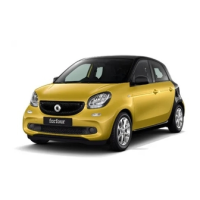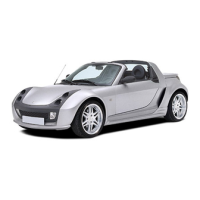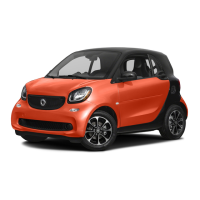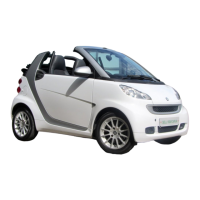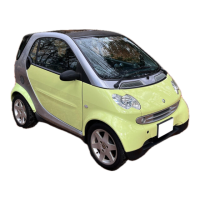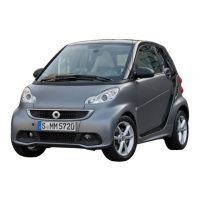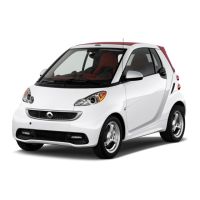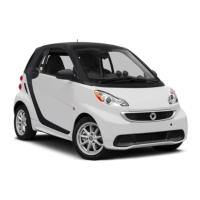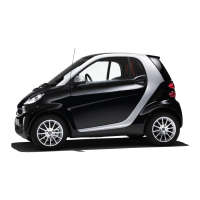pressure that is too low may result in a tyre
blow-out. There is a risk of accident.
R
Check the tyre for foreign objects.
R
Check whether the wheel is losing air or
the valve is leaking.
If you are unable to rectify the damage,
contact a qualified specialist workshop.
H
Environmental note
Check the tyre pressure regularly, at least
every 14 days.
The table with the recommended tyre pres-
sure for various operating conditions can be
found on the driver's side door pillar
(B-pillar).
The tyre pressure table may also state air
pressures for different load conditions.
These are defined in the table as different
numbers of passengers and amounts of lug-
gage. The actual number of seats may differ
from this.
If a tyre size precedes a tyre pressure, the
tyre pressure information following is only
valid for that tyre size. If tyre sizes are not
specified, the tyre pressures stated on the
tyre pressure table apply for all approved
tyres.
Checking and correcting the tyre pres-
sure manually
Only check the tyre pressure once the tyres
have cooled down.
X
Drive the vehicle less than 2 km.
X
Park the vehicle away from direct sunlight
for at least three hours.
X
Check the tyre pressure with a suitable
tyre pressure gauge.
X
If necessary, adjust the tyre pressure.
X
Restart tyre pressure monitor.
Using winter tyres
G
WARNING
M+S tyres with a tyre tread depth of less
than 4 mm are not suitable for use in winter
as they do not provide sufficient traction.
There is a risk of accident.
M+S tyres with a tread depth of less than
4 mm must be replaced.
At temperatures below +7 †, summer tyres
lose elasticity and therefore traction and
braking power. Change the tyres on your
vehicle therefore to winter tyres or all-sea-
son tyres marked with M+S. Using summer
tyres at very cold temperatures could cause
tears to form, thereby damaging the tyres
permanently. smart cannot accept responsi-
bility for this type of damage.
Have the vehicle winterproofed at a qualified
specialist workshop at the onset of winter.
X
At low temperatures, use only winter tyres
marked with M+S.
X
When road conditions are wintry, use
M+S tyres with the additional i snow-
flake symbol.
These tyres allow driving safety systems,
e.g. ABS, to function optimally in the win-
ter.
X
Use M+S tyres of the same make and tread
on all wheels.
X
When driving with M+S tyres, observe the
specified maximum permissible speed.
X
Use only tyre types and sizes approved for
smart.
X
When using tyres with a specified direc-
tion of rotation, observe the arrow on the
sidewall indicating the tyre's direction of
rotation.
156
Using winter tyres
>> Maintenance and care.

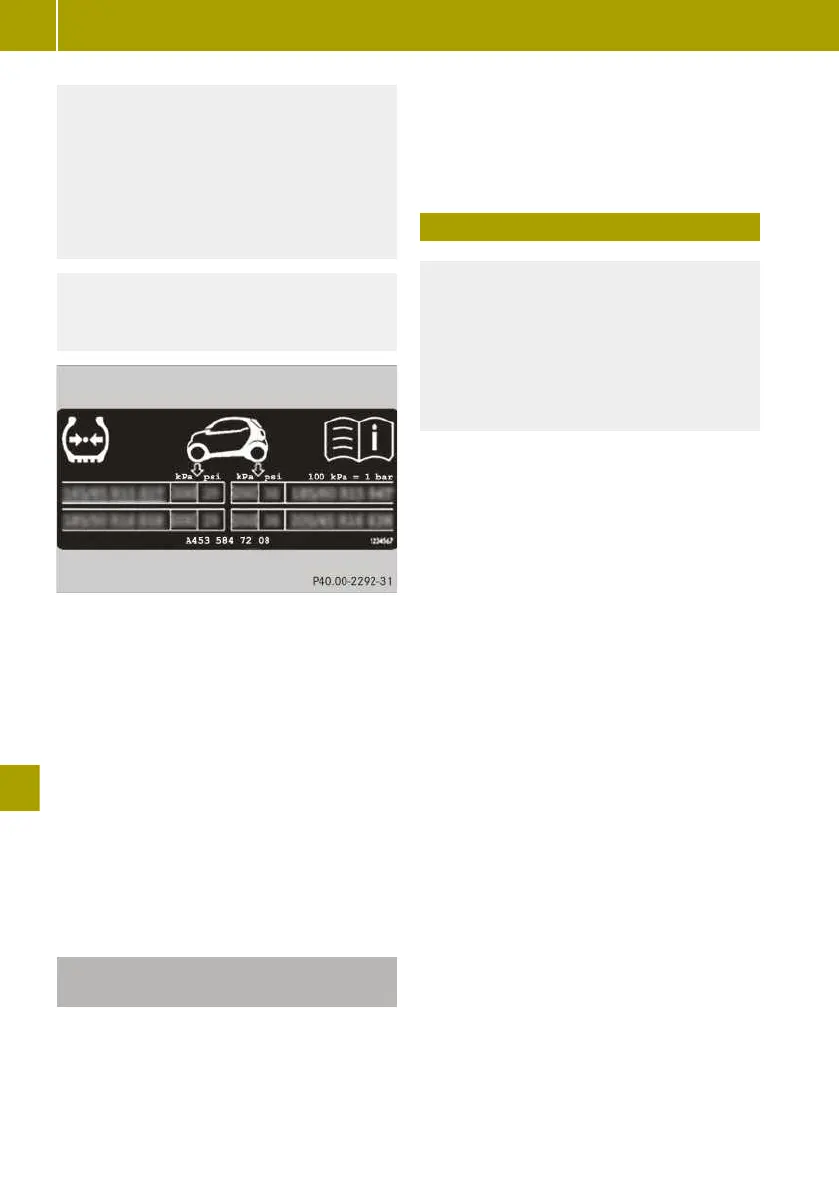